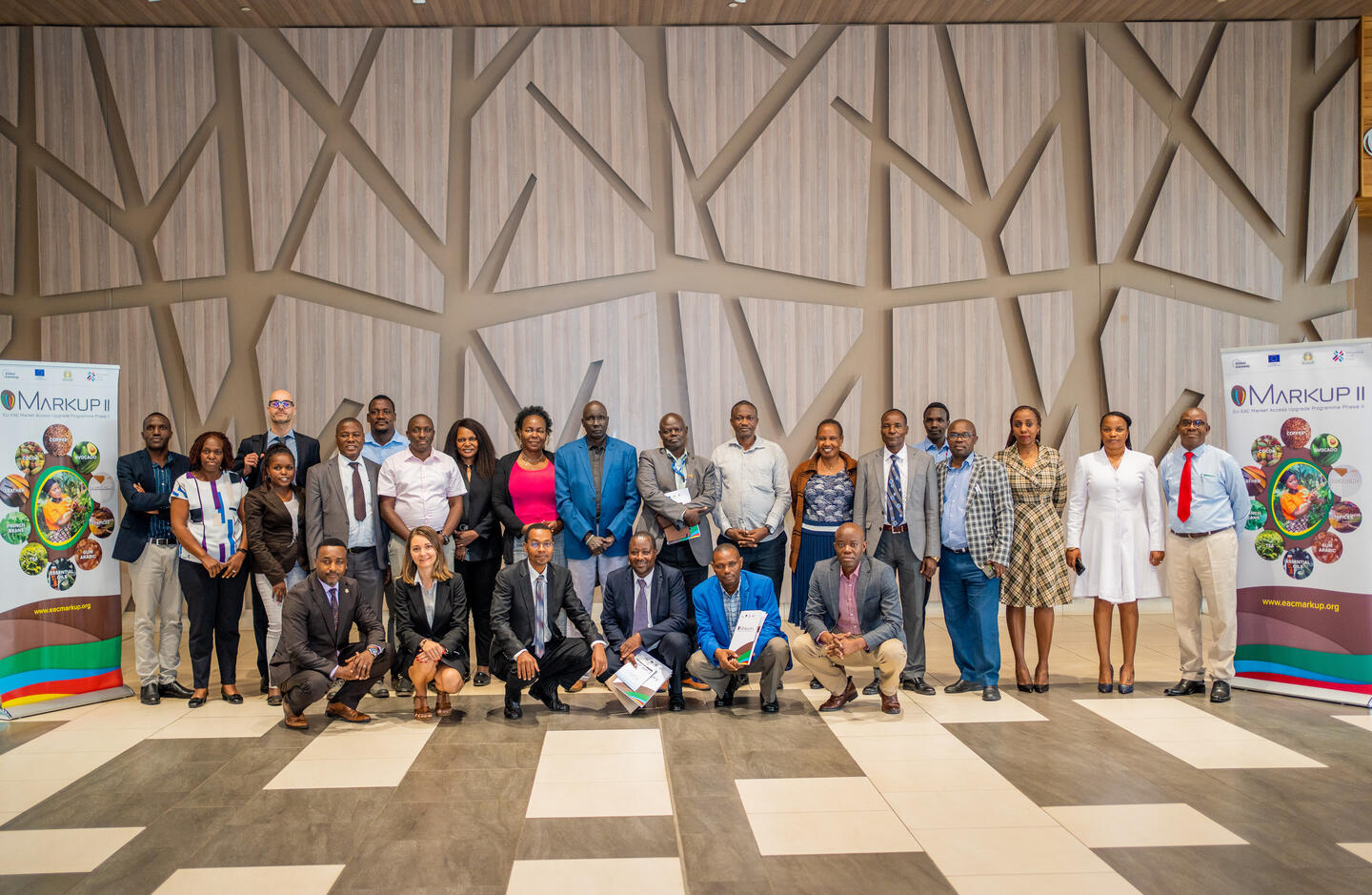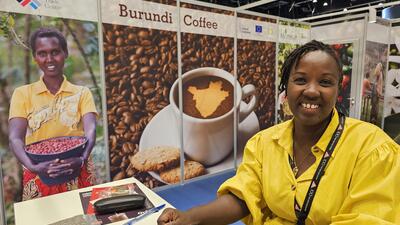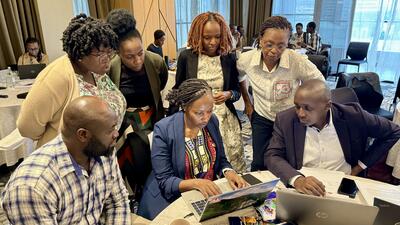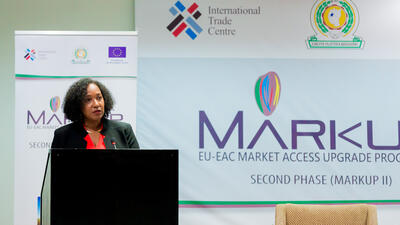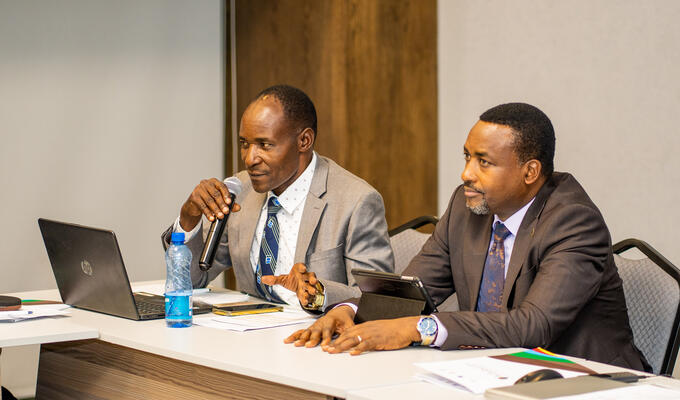
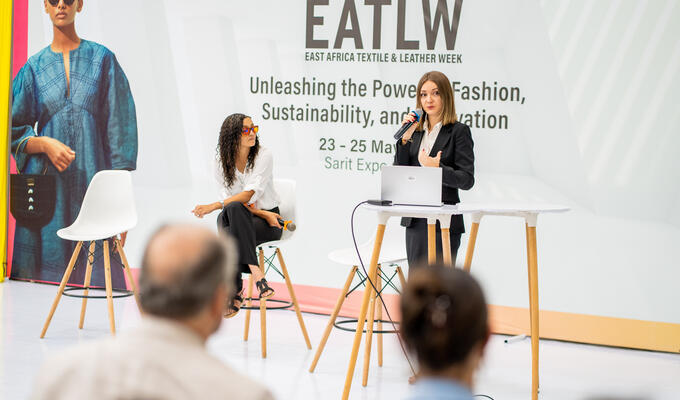

East Africa Textile and Leather Week: Paving the way for regional collaboration and growth
East Africa Textile and Leather Week 2024 in Nairobi emphasized regional collaboration, showcasing opportunities for industry growth and development within the East African Community.
The East Africa Textile and Leather Week (EATLW), held in Nairobi from May 21 to 25, 2024, brought together key stakeholders in the leather sector, including East African Community (EAC) representatives, Business Support Organizations (BSOs), public sector representatives from six member states, and companies operating within the region. The event highlighted the potential for enhanced regional cooperation and trade within the EAC.
The International Trade Centre (ITC) under the EU-funded EU-EAC MARKUP II presented global trends in leather industry, offering valuable insights into shifting market dynamics, including the European Union’s Deforestation Regulation (EUDR) and traceability. Key representatives from six EAC member countries provided updates on the implementation of the EAC Leather and Leather Products Strategy. Companies participating in the fair showcased their products and innovations, providing a platform for networking and business development.
"Integrating the value chain across the East African Community (EAC) is crucial for our industry's growth. While it won't happen overnight, it's a necessary step towards maximizing our potential. To increase our market share in global trade, we must prioritize quality, innovative design, and enhancing production capacity. These factors are key to our competitiveness on the international stage.", Jean Baptiste Havugimana, Director of Productive Sectors (DPS), EAC Secretariat.
Despite the potential, the EAC leather industry faces significant hurdles. Export volumes from the region remain limited, and the industry is currently experiencing a slowdown. However, discussions at EATLW emphasized that the opportunities for growth lie in leveraging regional collaborations, investing in technology and innovation, and enhancing value addition jointly.
Several key areas were identified as critical for the sector’s advancement:
- Quality and quantity issues: Developing and enforcing common quality standards and grading systems for raw hides and skins is essential. Harmonized grading can lead to price premiums and improve marketability.
- Modernization and technology: Modernizing existing facilities with advanced technology and waste management systems will increase efficiency and sustainability. This includes encouraging regional and cross-border investments in tanneries and processing capacity.
- Industrial hubs and clusters: Developing industrial leather hubs and clusters can enhance the industry’s infrastructure and foster innovation. This restructuring aims to reduce fragmentation and improve linkages among stakeholders.
- Eliminating trade barriers: Based on the EAC common market protocol, eliminating non-tariff barriers that hinder trade, including various levies, will streamline processes and encourage intra-regional trade.
The event facilitated discussions on regional opportunities, emphasizing the benefits of intra-regional cooperation and trade. The strategic framework outlined in the EAC leather strategy served as a foundation for these discussions, highlighting the potential benefits of harmonized efforts.
As the EAC leather industry navigates this transition period, the path forward involves a concerted effort to address existing issues and capitalize on regional strengths. By focusing on quality standards, technological advancements, and strategic investments, the EAC can enhance its position in the global leather market.
The EATLW 2024 demonstrated that while challenges remain, the potential for growth and development in the EAC leather sector is significant. The collective efforts of BSOs, government representatives, and industry players are crucial in driving the sector towards a more integrated and prosperous future.
About EU- EAC MARKUP II
The European Union (EU)- East African Community (EAC) MARKUP II funded by the EU, aims to enhance economic development in the EAC through sustainable intra-African and EU-Africa trade. Focused on improving livelihoods, employment, and export competitiveness for MSMEs, the program supports the development of key export-oriented value chains as well institutional support in the six MARKUP II EAC recipient partner countries. MARKUP II will promote exports and investment through addressing trade barriers, value addition, quality compliance, trade facilitation and technology transfer.
It is implemented by the International Trade Centre in collaboration with the EAC Secretariat and national partners in the recipient countries.
